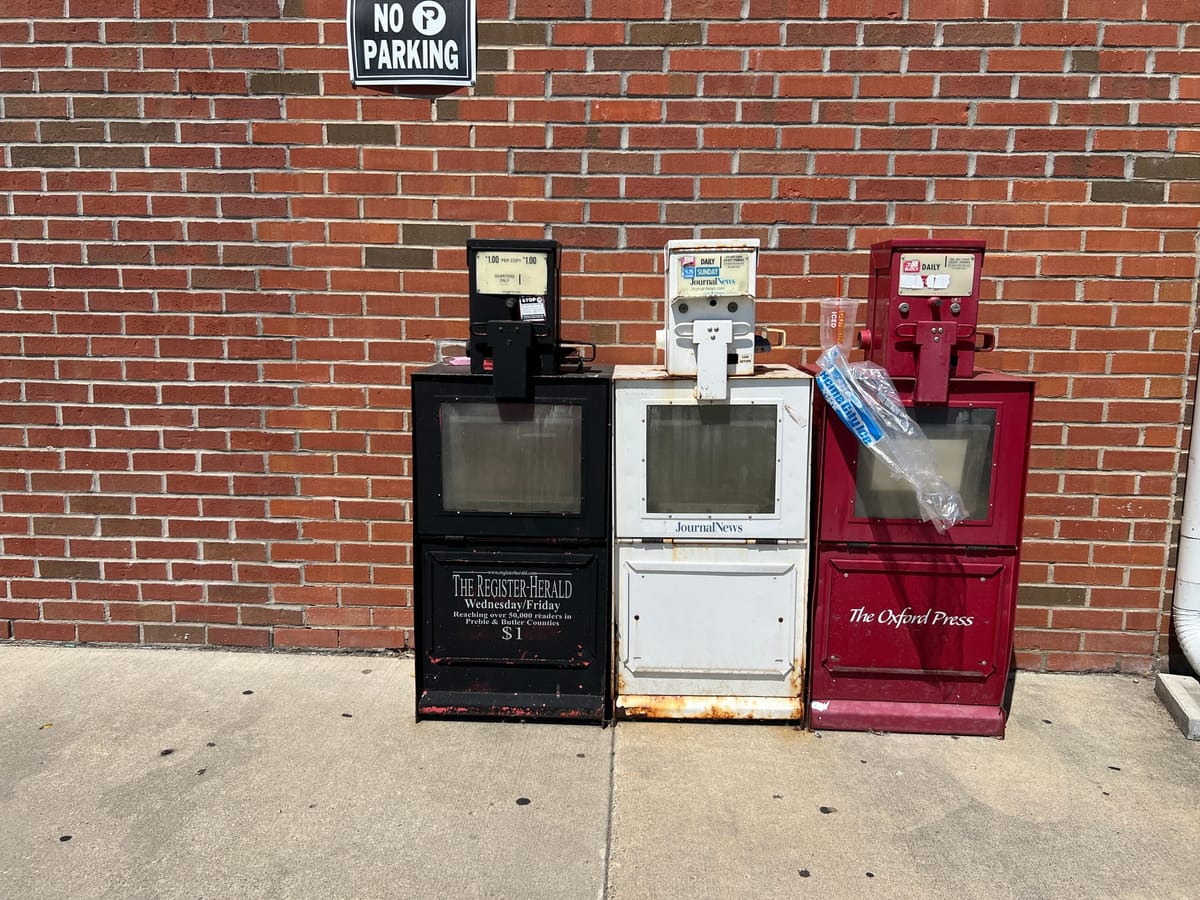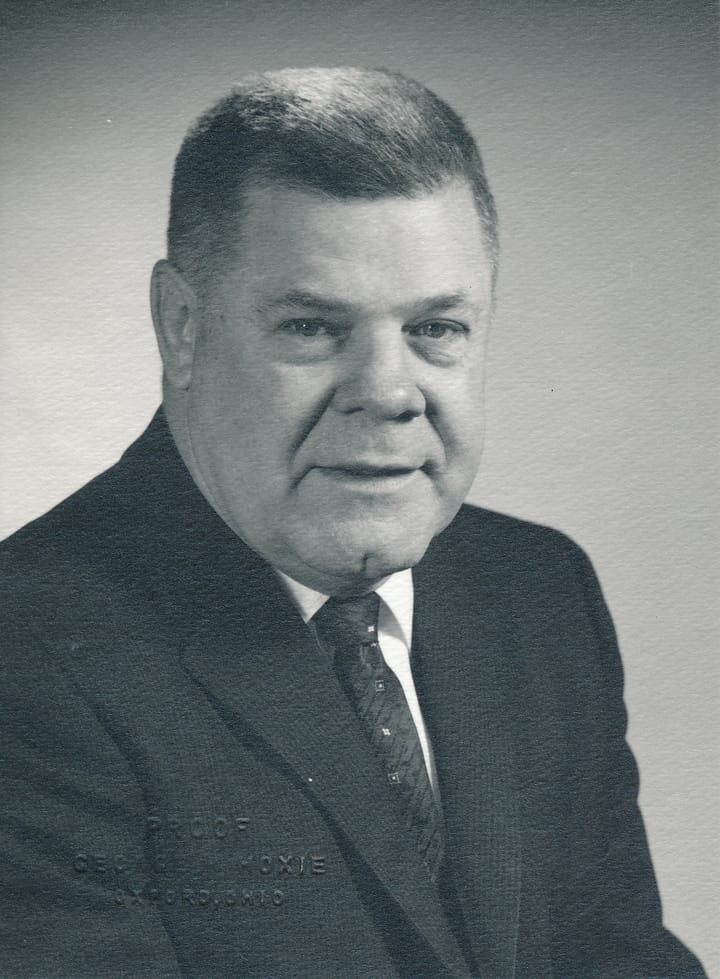Media Matters: “News deserts” not just a rural problem
"Without access to local information, we listen to talk radio, we watch cable talking heads and we shadow social media influencers. These are not places where journalism happens."

When I first came to Miami University to run the new journalism program over 20 years ago, I used to complain to colleagues about how area news outlets treated universities primarily as crime beats. For example, instead of telling stories about intellectual ideas or scientific research percolating at Miami, news outlets – mainly TV – would often show up in March on Green Beer Day, looking for a juicy narrative about student debauchery.
Today, of course, with the loss of so many reporters over the past 20 years, the problem is worse. These days, pretty much only a crime story will attract reporters to universities on a semi-regular basis. Twenty years ago, both the Dayton Daily News and the Cincinnati Enquirer assigned three to five reporters to education. Today, each has only one education reporter.
I have written often about the decline of local news, mainly as a rural, small-town problem. But a new research study – “Local Journalist Index 2025” – from Muck Rack and Rebuild Local News has given us fresh data, creating a new measure to track “the stunning collapse of local reporting.”According to the study, back in 2002, “the United States had on average about 40 journalists per 100,000 residents. Now, that number is 8.2 Local Journalist Equivalents, about a 75% decline.” This LJE measure is similar to how businesses and universities use FTEs – full-time equivalents – to count employees and faculty.
Looking at the big picture, the study reports that 27,000 local reporters now struggle to cover our “97,000 cities, towns, counties and other units of government.” To localize this, Butler County, which has about 400,000 residents, has 6.9 reporters per 100,000 residents, ranking it 45th out of 88 Ohio counties (and 1,326 out of all 3,141 counties in the U.S.). Dayton and Montgomery County, however, with around 540,000 residents, have only 4.8 reporters per 100,000 residents. Cincinnati and Hamilton County have about 8.5 reporters per 100,000 for their 830,000 residents.
Among states, Ohio ranks 31st with an overall LJE score of 7.9 reporters per 100,000 residents. Vermont (27.5) and Wyoming (19.6) are ranked first and second. Nevada (4.8) and New Jersey (5.1) rank last. The new data also reveal the grim fact that nearly one-third of all counties in the U.S. have fewer than one local reporter to serve them.
What this new LJE measure reveals is that urban areas, like my hometown Dayton, are just as hard hit by the loss of reporters as rural areas. For example, New York City’s Manhattan borough, the nation's media capital, has a 27.7 score, while neighboring Bronx has only 2.9 LJEs. Both Los Angeles and Houston now have fewer than four reporters per 100,000 residents. Back in 1992, an Indiana University study reported the average across the country was 48 reporters per 100,000 residents.
I have written before about what happens when people no longer have news about what’s going on in their own communities. Without access to local information, we listen to talk radio, we watch cable talking heads and we shadow social media influencers. These are not places where journalism happens.
Back in 2009, New York Times columnist Nikolas Kristof warned about the move away from actual journalism.
“When we go online, each of us is our own editor, our own gatekeeper,” Kristof wrote. “We select the kind of news and opinions that we care most about…. There’s pretty good evidence that we generally don’t truly want good information — but rather information that confirms our prejudices. We may believe intellectually in the clash of opinions, but in practice we like to embed ourselves in the reassuring womb of an echo chamber.”
The loss of local reporters has exacerbated what Kristoff foreshadowed 16 years ago: “The danger is that this self-selected ‘news’ acts as a narcotic, lulling us into a self-confident stupor through which we will perceive in blacks and whites a world that typically unfolds in grays.”
One solution: More reporters and more support for local journalism, not just in rural news deserts but in our biggest cities. Write your elected representatives. At least thirteen states now have legislative initiatives in the works to support local journalism and four states have appropriated funds. Ohio is not one of them.
Richard Campbell (campber@miamioh.edu) is a professor emeritus and founding chair of the Department of Media, Journalism & Film at Miami University. He is the board secretary for the Oxford Free Press.




